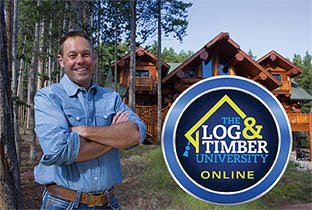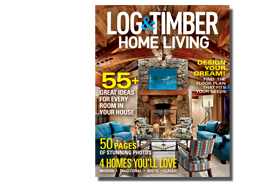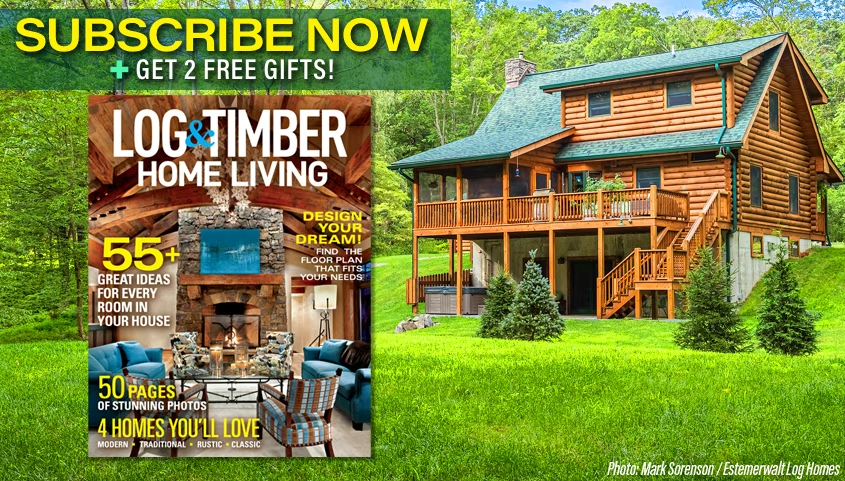
Birdsmouth
A complex cut made at the tail end, or bottom, of a rafter that allows the timber to extend over and past the wall top plate, providing
a greater bearing and attachment surface.Butt
One of the least complicated joints, in which mating pieces are square-cut and simply butted against one another. Because this joint has little inherent strength and depends on gravity or fasteners to remain in place, it is typically limited to intersections that are not subject to movement or strong opposing forces, such as where timber posts rest atop horizontal beams.See also Timber Framing 101: What is a Timber Frame House?
Dovetail
A commonly used joint that includes a fan-shaped tusk or tenon that drops into and interlocks in a similarly shaped pocket cut. The wedge-like shape of this extremely strong joint prevents the interlocked timbers from shifting or separating from one another.Lap
A joint in which the ends of two timbers are cut at matching angles and simply overlaid, or “overlapped,” then fastened to each other. Because the wood grain direction of the mating pieces is parallel, these joints are easily concealed and often invisible. Lap joints are typically used to extend, or lengthen, timbers in long horizontal runs.Mortise & Tenon
A frequently used joint in timber framing, it includes a male end (tenon) cut onto the end of one timber that fits into a square-cut matching female receptacle (mortise). Like many timber frame joints, it is often locked in place by the addition of hardwood dowels, or pegs, called trunnels (“tree nails”).
Pocket Cut
Similar to a mortise, this joint receptacle typically is “open” in two dimensions; cut into the side or top face of a timber, it is designed to receive an identically shaped tenon or tusk formed at the end of a mating timber.Step-Lapped Rafter Seat
An improved type of birdsmouth and overlapping joint, it typically includes complimentary cuts in the rafter and plate to resist downward and outward thrust, as well as side-to-side movement.See also What’s a Timber Frame?











